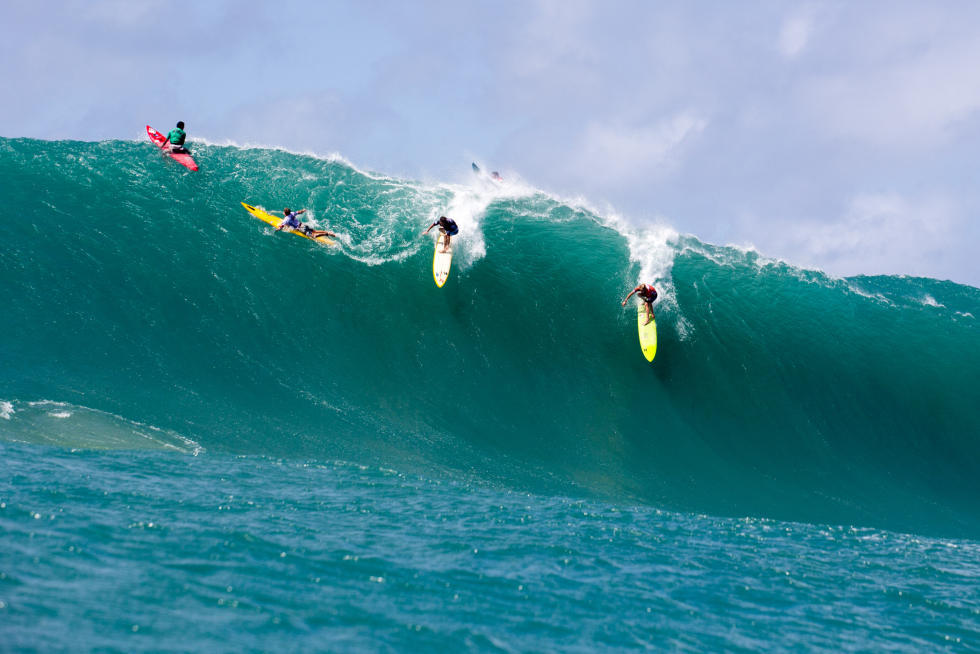Surf Safety: Is surfing dangerous?
Of course surfing is dangerous, but if you’re sensible, well-informed and properly equipped, it’s not as dangerous as you might think. Studies have generally found that the injury rate for surfers is roughly the same as it is for skiers, slightly lower than it is for snowboarders, and much lower than it is for players of contact sports such as rugby. But then again, nobody ever drowned playing rugby.
Generally speaking, those most at risk are advanced surfers, who are likely to challenge themselves in the most dangerous conditions, and beginner surfers, who are less aware of surfing’s dangers and less prepared to deal with them.

Surf Safety: Surfing dangers
According to a survey conducted by surf safety expert Andrew Nathanson, 55% of all surfing injuries are inflicted by the surfboard belonging to the surfer injured; 11% are inflicted by surfboards belonging to other surfers, 18% occur upon impact with the ocean floor, 7% are caused by waves themselves and 3% are caused by marine animals (mostly urchins and jellyfish).
Other dangers to bear in mind that can result in injury or drowning (the latter often being a consequence of the former) include:



